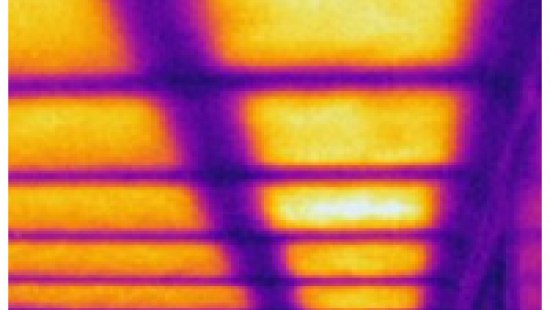ECOFILM ceiling heating and Low Energy Housing

It has been generally accepted for several years that we as a country cannot continue for the purpose of heating our homes, to use energy at our current rate of consumption whether this be gas, oil or electricity. It is better understood now than in the past that particularly with the use of fossil fuels such as gas, oil or coal, that there is a limited supply of these particular resources and it can be calculated depending upon which country you are living in, as to how many years that these resources will remain available to us. Taking this into account the accent has been not only on reducing our fossil footprint, but becoming in general more energy efficient.
Today planners, specifiers and builders of new constructions are already greatly improving the "U" values of new houses to such an extent that it in the not too distant future we will be living in what is often described as a "passive house". The term "passive house" refers to ultra low energy buildings that require little energy for heating and cooling. "Passive design" may also be thought of as an integrated design process which would take place at the same time as the original architectural design resulting in an average heating demand of 15 KWh/m²A.
Given that in the future installed heating loads will greatly reduce, the question required to be answered, "In low energy houses equipped with Ecofilm ceiling heating, would the traditional thermal gradient from ceiling to floor normally based on 160–200 W/m², perform in a similar manner to that of an installation where the maximum installed load was 80 W/m²?”.
It was therefore decided to carry out a series of thermal gradient measurements within the bedroom of a typical timber framed detached bungalow based in the North East of Scotland which was equipped with Ecofilm ceiling heating at 180W/m² (see Appendix 1) which in turn as a percentage of available ceiling surface equating to 62% of the ceiling surface.
The house in question was constructed approximately 25 years ago and incorporates above the heating element a total of 250 mm of fibreglass insulation giving an "R" value of 5.8 and 160 mm of thermal insulation on the floor with an "R" value of 3.8 and where the original installed load for this test area of 19.89 m² area was 2.29 kW
In order to measure the thermal gradient, a telescopic test stand was erected on the insulated target floor and a series of thermocouples connected to a Hewlett Packard Data Acquisition Unit Model No. 349708 with the thermocouples inserted within the black plastic spheres set up as follows – (see Appendix 2). Heated ceiling surface
- 230 mm from ceiling
- 640 mm from ceiling
- 1025 mm from ceiling
- 1300 mm from ceiling
- 1710 mm from ceiling
- 250 mm from target floor
- Target floor
- Heating element.
To operate the system at 80 W/m² on the heating element the supply voltage was reduced to 156 volts giving an installed load of 920 watts or 49 W/m² of the ceiling surface area. This test was continued at 80W/m² for an initial period of 24 hours, followed by a further test period of 76 hours. The result of which can be shown in Appendix 3 from which it may be observed that the thermal gradient from ceiling to floor at 80W/m² followed a very similar curve to that which was traditionally experienced. These results in a typical operational format relative to the 80W/m² installation are also shown in Appendix 4 and it is interesting to note that a night time reduction in the External ambient did not seem to have a significant effect on the performance of the heating system. Thermal gradient tests were also conducted on elements operating at 140 W/m² and finally at 180 W/m² where the thermostat was re-connected. (Please refer to Appendix 3 and Appendix 5).
From all of the above it may be safely assumed that even in installations where the maximum installed load of the element heated area, is of the magnitude 80W/m² which would equate to 40W/m² of available ceiling surface area, acceptable comfort conditions can be achieved.






